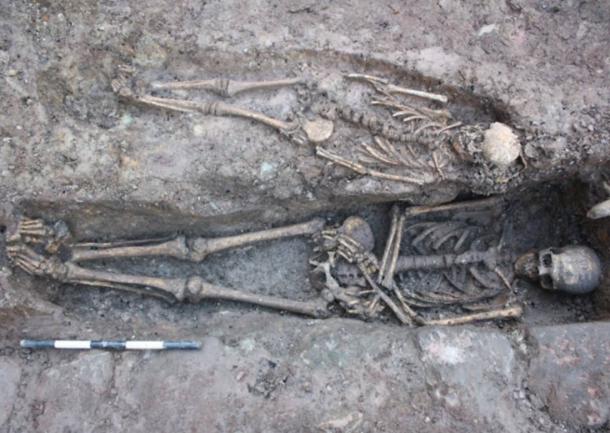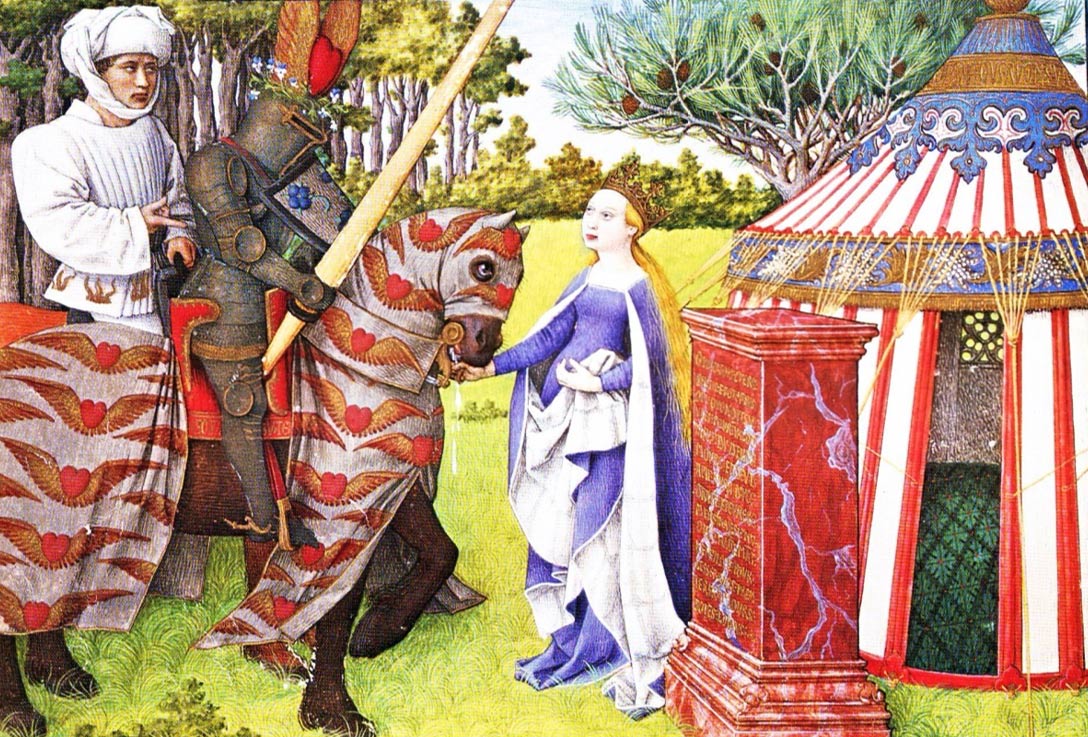Excavations turn up medieval bones which may be a knight and his family
Archaeologists in Edinburgh have excavated several skeletons this year, including a discovery last month of bones believed to belong to a medieval Scottish nobleman or knight, now dubbed Sir Eck. This week, experts found a new set of remains.
The burial site was found under the ground of the new Edinburgh Centre for Carbon Innovation (ECCI) at High School Yards during exploratory digs in preparation for the construction of a rainwater basin that is replacing a car park. The latest find, underneath Sir Eck’s grave, includes a skull, and bones from three adults and four infants. Archaeologists believe the remains are from one family.
MORE
- Archaeologists discover remains of medieval knight with extensive jousting injuries
- The discovery of 4,000-year-old Siberian knight armor made of bone
- British Police Join Search for Legendary Holy Grail
“This site just keeps on getting more and more interesting – it is turning out to be a real treasure trove of archaeology,” Headland Archaeology’s Ross Murray, who excavated the grave, told The Scotsman newspaper. “We just can’t seem to stop finding skeletons and bones. These new finds look likely to be the possible relations of the suspected medieval knight we found earlier this year. The skull of the skeleton found immediately beneath the location of the knight looks like that of a female and the remains found on the other side of the ornate slab belong to an infant from the same period.”

Two of the skeletons in their graves under a former car park site in Edinburgh. In another find, the knight’s bones were excavated on the site of a future Edinburgh environmental center.
An ornate sword found with Sir Eck’s remains in January 2015 and a Calvary Cross carved on his elaborate sandstone tomb made archaeologists think it was the grave of a knight or nobleman.
Medieval knights did not come to their station in life solely as a result of being the sons of nobles. The site Medieval Life and Times says:
To gain knighthood in medieval times was a long and arduous task. … There were many steps to achieving a knighthood, requiring years of training. The steps towards achieving a knighthood started with training as a page and then as a squire, also referred to as esquire. The sons of nobles, except those who were destined to take holy orders, were placed in the service of the great lords of the land. These sons of the medieval nobles were sent to live in the castle of their liege lord and commence their education as a knight and learn the skills required as a medieval knight.
Knights adhered to a strict code of chivalry that required them to serve their liege lord in battle. They were required to be courteous, loyal, devoted, morally upright, generous, brave, honorable and gallant toward women. The code fostered an idealized view of medieval knights in later years. Stories about King Arthur and the Knights of the Round Table, Charlemagne’s knightly peers, Robin Hood and his merry men and others sprang from medieval legends about knight errantry. Medieval tales and legends also inspired Miguel de Cervantes’ book Don Quixote.
Featured image: The medieval manuscript King René’s Book of Love , written by that 15 th century king of Sicily and Duke of Anjou himself, beautifully illustrates knighthood and chivalry. See and read the book here: http://www.guice.org/bklvntr2.html.
By Mark Miller



















